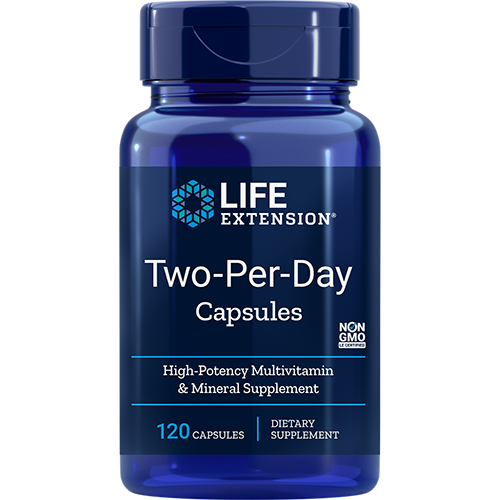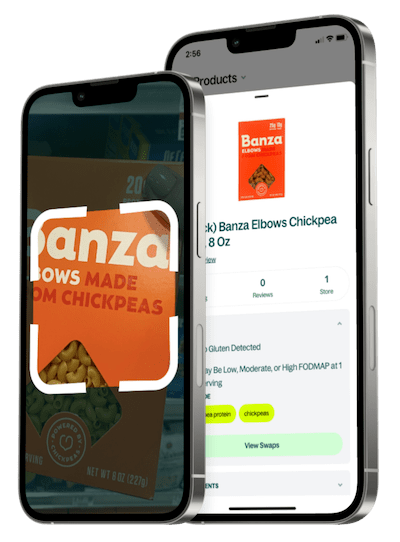Is Life Extension Two-Per-Day Capsules Low FODMAP?


Ingredients
Vitamin A (as beta-carotene, acetate), Vitamin C (as ascorbic acid, calcium, and niacinamide ascorbates), Vitamin D3 (as cholecalciferol) (2,000 IU), Vitamin E (as D-alpha tocopheryl succinate, D-alpha tocopherol), Thiamine (vitamin B1) (as thiamine HCI), Riboflavin (vitamin B2) (as riboflavin, riboflavin 5’-phosphate), Niacin (as niacinamide, niacinamide ascorbate), Vitamin B6 (as pyridoxine HCI, pyridoxal 5’-phosphate), Folate (as L-5-methyltetrahydrofolate calcium salt), Vitamin B12 (as methylcobalamin), Biotin, Pantothenic acid (as D-calcium pantothenate), Iodine (as potassium iodide), Magnesium (as magnesium oxide), Zinc (as zinc citrate, L-OptiZinc® zinc mono-L-methionine sulfate), Selenium [as sodium selenite, SelenoExcell® high selenium yeast, Se-methyl L-selenocysteine], Manganese (as manganese citrate, gluconate), Chromium [as Crominex® 3+ chromium stabilized with Capros® amla extract (fruit), PrimaVie® Shilajit], Molybdenum (as molybdenum amino acid chelate), Inositol, Alpha lipoic acid, Natural mixed tocopherols (providing gamma, delta, alpha, beta), Bio-Quercetin phytosome (providing 5 mg quercetin [from Japanese sophora concentrate (flower bud)], phosphatidylcholine complex [from sunflower]), Marigold extract (Tagetes erecta) (flower) [std. to 5 mg trans-lutein, 155 mcg trans-zeaxanthin], Apigenin, Boron (as boron amino acid chelate), Lycopene [from LycoBeads ® natural tomato, vegetable cellulose (capsule), starch, maltodextrin, vegetable stearate, dicalcium phosphate, silica, microcrystalline cellulose.
What is a Low FODMAP diet?
A Low FODMAP diet limits foods high in certain short-chain carbohydrates (FODMAPs) that can be poorly absorbed in the gut. These include specific sugars found in foods like onions, garlic, beans, apples, and wheat. It's commonly followed by people with irritable bowel syndrome (IBS) or other digestive sensitivities to reduce bloating, gas, and discomfort. The diet typically involves an elimination phase, followed by gradual reintroduction to identify personal triggers. When followed carefully, often with a dietitian's guidance, a Low FODMAP diet can help manage symptoms while maintaining a balanced and varied intake of nutrients.


